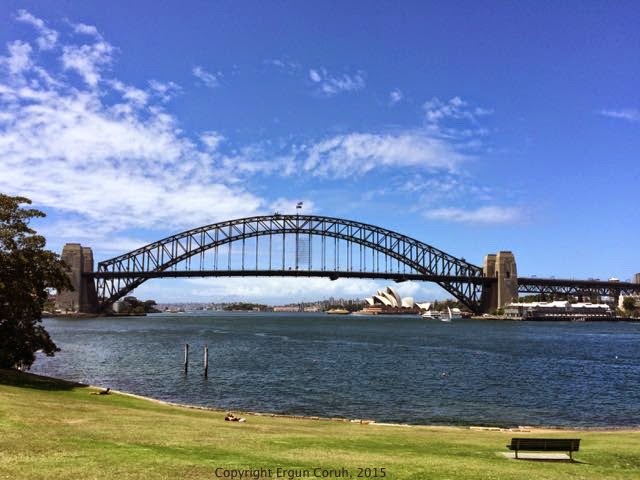 |
| How to make a toast by Ergun Coruh |
The Talk
In his inspiring TED
talk, innovator Tom Wujec talks about power of
collaborative visualisation.
A group of people is asked to draw
“how to make a toast”. This sounds simple, until someone asks to draw the process step by step. The exercise is repeated, individually and in group mode using moveable stickies on a white board.
Collaborative visualisation is a powerful tool.
Firstly, it engages everyone in the design process, by empowering individuals, by giving them equal opportunity to contribute their ideas. This leads to a more fulfilling, happier employee engagement. Secondly, in group mode, it allows the team to understand the problem and facilitates reaching a consensus, a faithful agreement on design.
Style
Not everyone is good at drawing. Even people who are good at drawing may not articulate ideas equally well. Would that be a problem? Do we need a visual language?
It is important to realise that equal engagement is primary value in Collaborative Visualisation. Everybody should be encouraged to draw regardless of their talent, it should be a fun process, a celebration of bringing together ideas.
There are simple techniques I discovered that everyone can take advantage of when drawing ideas. I believe everyone can learn them and gradually become better as they draw more.
Take a look at my drawing of “how to make a toast”.
Keep it simple
Remember this is not a drawing contest. We need to reflect ideas in the simplest possible way so that everyone can quickly understand concepts.
Draw thick
Thick lines encourage to draw simple figures. Simple figures are easier to understand, they don’t clutter ideas. It is important to pick the right sized pen, for a given medium (white board or stickies).
Avoid 3D
Stick with 2D drawings, they are easier to draw. 3D drawings tend to clutter the design. Take a look at my 2D toaster.
Dots, lines and curves
These are the only primitives you would need to draw a shape. Take a look at my toaster drawing again. It has simple visual cues to make it look like a toaster. The curvy edges on top, the switch on the left, a thick base, are common elements to most toasters. Coupled with a slice of bread that looks like a bread, it is impossible to miss it.
Avoid perfectionism
Do not get carried away by drawing a perfect something, a perfect toaster for instance. It is more important for people to understand you drew a toaster, as opposed to a perfect slab that does not look like a toaster.
Shades and animation
Since we opted for using thick lines, how would we articulate a brown toast?
Use parallel lines to darken the surface of bread slice. You should use this technique judiciously though, overdoing it will clutter the drawing. Don’t forget the idea is to draw a brown toast everybody can understand, not a perfect brown toast.
Simple animation showing spatial motions using cartoon style hyphens have enormous power in articulating complex ideas. Nothing can demonstrate a toast being chaotically thrown into air at the end of a toasting process better than a skewed, brown bread with hyphens showing a movement from bottom to top.
Nodes, arrows and areas
Nodes are group of objects representing a stage in your design process. Arrows let you articulate how you connect nodes and build up your design. Pay attention to area alignment. Make sure you sufficiently separate nodes from each other, you leave enough space between them, so that they don’t appear on top of each other.




